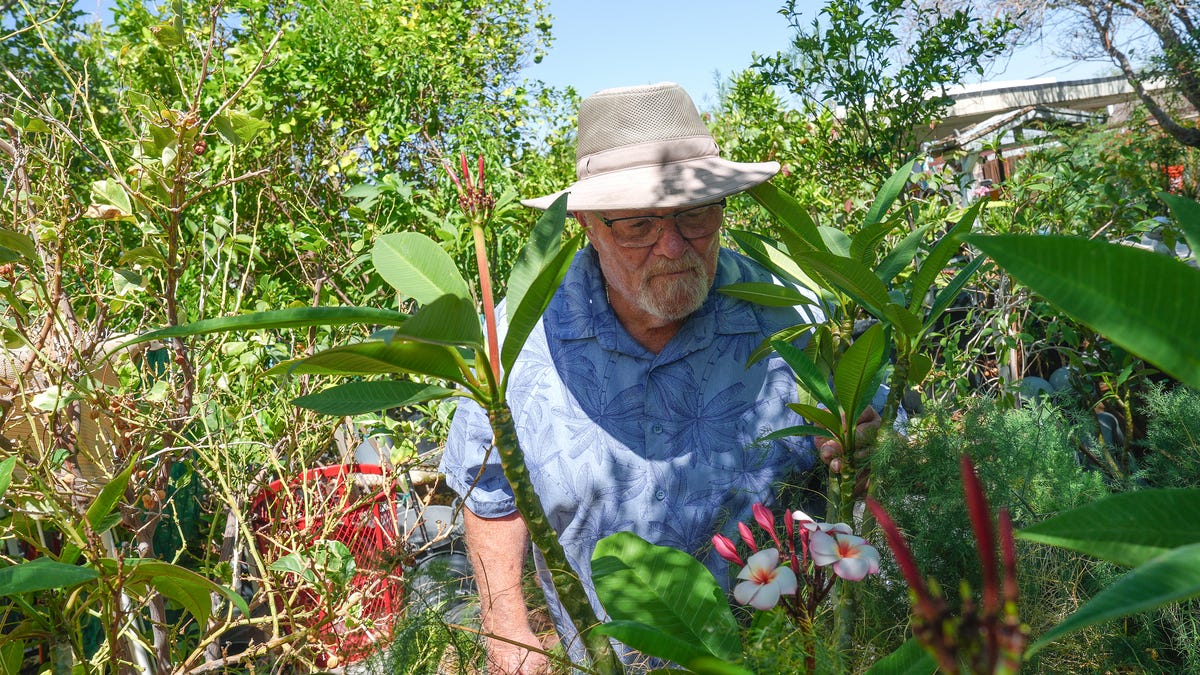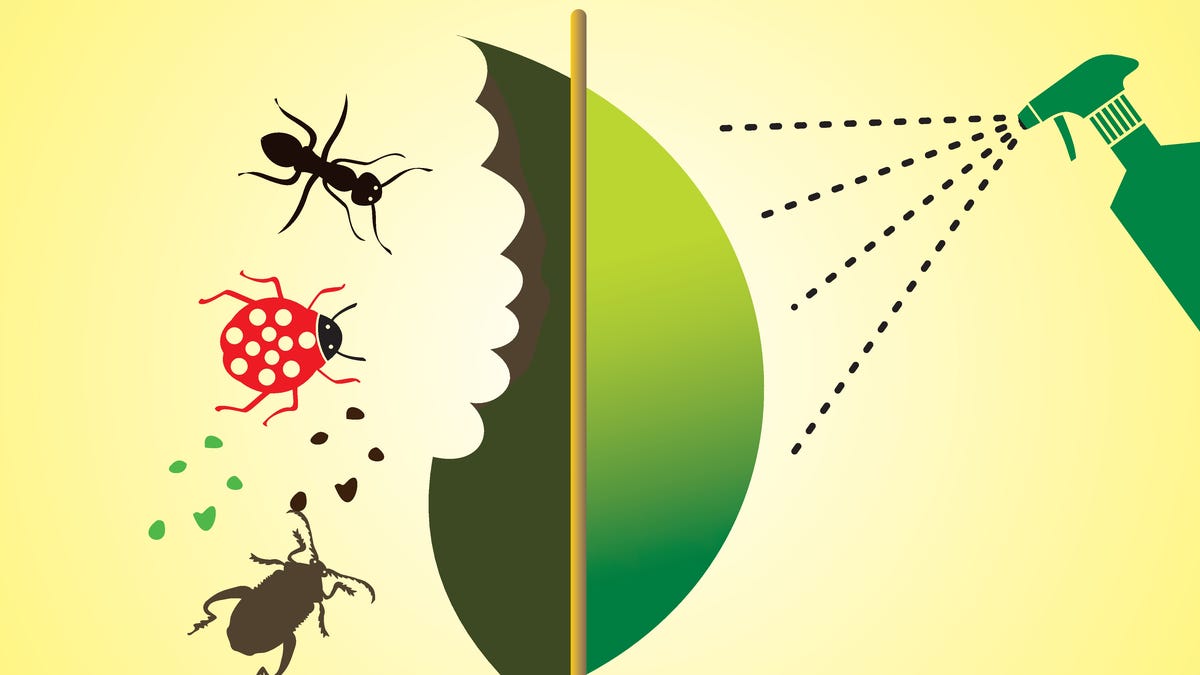It’s important to fertilize, stake and prune dahlias to keep them happy and blooming.
The Olympian
The last week of June is the time to set your flowers up for continued color by fertilizing and remembering to dead head and pinch back annuals such as petunias, geraniums and marigolds.
A good rule of green thumb is to remember the line “if it is brown, cut it down” to keep faded blooms, dead plant parts and bulb foliage out of the garden.
There is still time to start a compost pile this summer and reap the benefits of a free soil-improving mulch. Just pile brown material such as fallen leaves, dead plants and garden debris with green material like grass clippings and plant foliage. The smaller you chop up the pieces and the more often you turn or aerate the pile, the faster you create compost.
Laid-back gardeners can pile up debris this summer and fall and have compost to use in the spring without the work of turning the pile. Everything that was once alive will rot eventually but you may need to dig into the center of the pile to find rotted material that has been composted enough so that it looks more like chunky soil than it does green and brown garden waste.
Q. My dahlias are up. I planted them from tubers. How should I fertilize? Any other care? — P.M., Tacoma
A. Congrats on protecting your dahlia plants from the spring slugs and snails.
Dahlias do require regular nutrients, so fertilize when the plants are 8 to 12 inches tall using an all-purpose 5-10-10 granular plant food.
Be sure you have a sturdy stake for the taller dahlia varieties and get snippy as soon as these dahlia plants reach 14 inches tall. This means you snip out the growing tip or top few inches of the plants to encourage more branching. Pruning the top growth now will reward you with more blooms in August and plants that are bushier and less likely to topple over.
Q. Every year I try to grow basil, and it seems the plants die by mid-summer. I have tried transplanting young plants and buying and transplanting older plants into my garden beds and still they fail to survive. I plant in full sun and add fertilizer and do not let the soil dry out. I am a home chef and need basil. Help! — G.K., Olympia
A. Help with bountiful basil is on the way. First, do not transplant basil into the ground in our Western Washington climate. Our soil is too cool and damp. Basil grows best in a container, preferably a clay pot so that the roots can absorb warmth.
Basil plants are not heavy feeders so do not fertilize unless you see the foliage turning yellow or pale green. Most important, do not let basil plants go outdoors if the night temperatures are below 50 degrees. This is another reason why growing basil in a pot is to your advantage. You can take the container indoors on rainy days or cool nights.
Finally, harvest basil often by clipping off the top few inches of growth to encourage side branching. Give your basil plants a hot spot in a pot and I see lots of pesto in your future.
Q. I see roses for sale at big box stores in full bloom growing in plastic pots. I want to add some of these beautiful new rose varieties but fear transplanting a rose plant in the summer. I have always heard roses need to be added in early spring when the plants are bare root or dormant. Your advice? — T., Tacoma
A. Just go for it. Almost any plant can be transplanted into the summer garden if it is growing in a container and you follow these tips:
▪ First, soak the pot and plant in a bucket of water overnight so that the soil is thoroughly damp.
▪ Next, do the dirty deed on a cloudy day, preferably in the evening. Loosen the soil so that the planting hole is three times as wide as the root ball.
▪ Finally, set up shade protection if hot sun is projected the first week after the transplant. An umbrella duct-taped to a shovel, or a tent of canvas over four stakes will work to keep the newly transplanted rose from wilting as it adjusts to its new location. Keep the soil mulched and moist over the summer and any potted rose can be moved into the landscape.
Marianne Binetti has a degree in horticulture from Washington State University and is the author of several books. Reach her at binettigarden.com.









